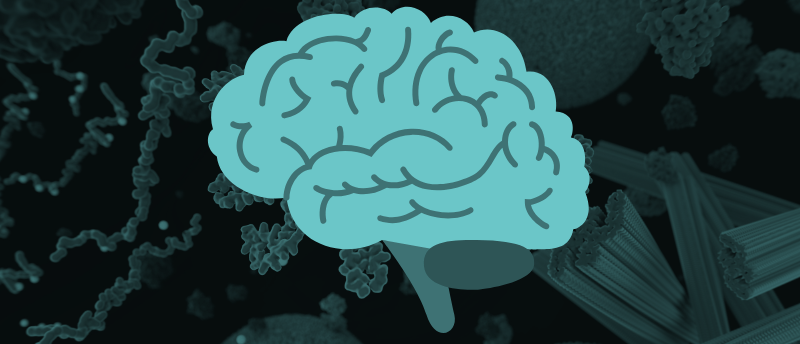Modeling protein misfolding to further neurodegeneration research

The first synthetic fragment of tau protein has been created, revealing more about the diagnosis and treatment of neurodegenerative diseases.
Researchers at Northwestern University (IL, USA) and the University of California, Santa Barbara (CA, USA) have built a synthetic tau-protein fragment that acts like a prion and could reveal more about the fibril structure formed from misfolded tau proteins. This work has the potential to inform the development of targeted tools for both the diagnosis and treatment of neurodegenerative diseases in which tau aggregation occurs.
Tauopathies are neurodegenerative diseases driven by tau protein misfolding and subsequently accumulating into dense, ordered fibrils. These tauopathies are prion-like, meaning that misfolded tau proteins induce normal proteins to misfold. However, despite their damaging effect on brain health, these fibrils are widespread in neurodegenerative diseases, making specific conditions difficult to diagnose.
“The scope of neurodegenerative diseases involving the protein tau is particularly broad,” commented study lead Songi Han (Northwestern). “It encompasses chronic traumatic encephalopathy, which is found in football players after head trauma, corticobasal degeneration or progressive supernuclear palsy. Creating self-propagating tau fragments that can recreate the fibril structure and misfolding that is unique to each tauopathy disease is a crucial step forward in our ability to understand and model these complex diseases.”
 The neural activity underlying human conversation
The neural activity underlying human conversation
The dynamic organization of neural activities underlying conversation has been revealed.
To learn more about tauopathies, the team used cryogenic electron microscopy (cryo-EM) to determine the structure of the tau fibrils and to aid the development of a synthetic, prion-like tau protein. Tau is long and unwieldy, so the team focused on building only small fragments of the fibrils; a short segment of tau, called jR2R3, spanning just 19 amino acids, caught their attention.
The jR2R3 segment contains a mutation called P301L, which is common in many diseases. Further investigation – using a synthetic model of the tau segment – revealed that this segment mutation plants a seed that encourages the spread of misfolded proteins and harmful fibrils often observed in samples from patients with neurodegeneration. “We made a mini version that is easier to control,” Han shared. “But it does all the same things that the full-length version does. It does the seeding, causing normal tau protein to misfold and join the fibrils.”
The team then wanted to investigate how these tau proteins, which are initially disordered, form ordered fibrils; what holds these misfolded proteins together? The answer is water. The environment and water molecules around the protein play a key role in aggregation. They found that the P301L mutation not only changes the structure of the protein, it also changes the behavior of the water molecules around the protein. This ‘organized water’ aligns the proteins together, forming neat and orderly fibrils that can then recruit other proteins to misfold and join the stack.
With further characterization of the synthetic proteins, the team eventually plans to explore the potential applications of this work, which could be key to developing diagnostic and therapeutic approaches for tauopathies.